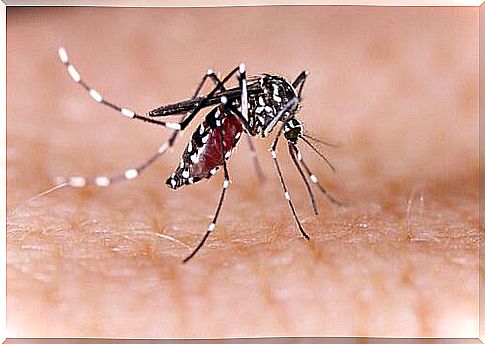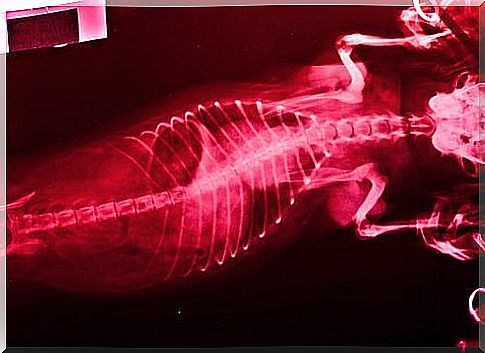Canine Filariasis: Causes And Treatment

The canine heartworm can cause the death of your pet; luckily, the cure is 95% effective nowadays.
You may have heard of canine filariasis , but you may not know what this term refers to.
Today we will tell you everything you need to know about this disease that affects animals: here’s how to diagnose and treat canine filariasis:
What is canine filariasis?
The scientific name of the parasite that causes this disease is Dirofilaria immitis. Its effects should not be underestimated, as they are potentially fatal and very serious.
The parasite itself is a white worm that can grow up to 30 centimeters in length; affects the heart and lungs of the animal.
For this, it is commonly known as the heart worm.
The way a dog gets infected with this worm is through a mosquito bite.
A mosquito that has bitten a dog that already has the worm absorbs the microfilariae through the blood, which develop in the gut of the mosquito, which can infect other animals.
Once the worm larva has introduced itself through the mosquito bite, it will take 3 or 4 months to develop.
Many of these will create, causing blockages to the heart, which will prevent blood flow from reaching vital organs such as the kidneys and liver, preventing it from functioning properly.

In the case of puppies, they will contract this disease only if the mother is a carrier of it, and they will always be worms of smaller size and length.
But, obviously, the little ones will turn into healthy carriers of the disease.
Each dog can harbor up to 300 worms in its body, which will keep alive between 5 and 7 years until the dog dies from cardiac arrest.
Symptoms of canine filariasis
To know if your dog suffers from this disease, it is essential to know the symptoms in order to act quickly. Despite this, the larvae will take 3 to 4 months to develop, so the signals will show up after 6 months of entering the animal’s body.
Given the time that has elapsed, the animal’s organs will already be greatly compromised, so periodic visits to the vet are essential.
These are the most common symptoms:
- Cough
- Extreme fatigue
- Abnormal breathing
- Weak pulse
- Little appetite
- Swollen belly
- Tachycardia
- Bleeding from the mouth and nose
- White gums
- Dark urine
If you notice one or more of the symptoms on this list, see your vet immediately. The speed with which you act could save your dog’s life.
How to diagnose canine filariasis
Through simple tests, such as an x-ray, this disease can be diagnosed.
You will be able to see possible abnormalities in the dog’s heart. However, other tests such as blood tests or the ELISA serological test, which is done with a blood centrifugation, may be needed.

An electrocardiogram will also be done to check the electrical currents generated by the heart. Generally speaking, this will be a very important test, as it will greatly affect the treatment that will be administered to each specimen.
Treatment of canine filariasis
Treatment will vary from dog to dog. Everything will depend on the state of the animal and the level of progress of the disease. Years ago, arsenic was the main component of the medicine with which canine filariasis was treated, although the side effects were devastating.
Nowadays, with advances in medicine and technology, medicines have changed: side effects are almost non-existent and the success of the cure is increasing to 95% effectiveness.
The treatment will focus on killing the heart worm, but it will have to be combined with the dog’s absolute rest, because if he moves too much, the worms could escape to another part of the body and escape the therapy.
We know how much you care about your furry friend’s health and that you would never want to see him get sick. However, even this serious disease can be cured if you do it right.









